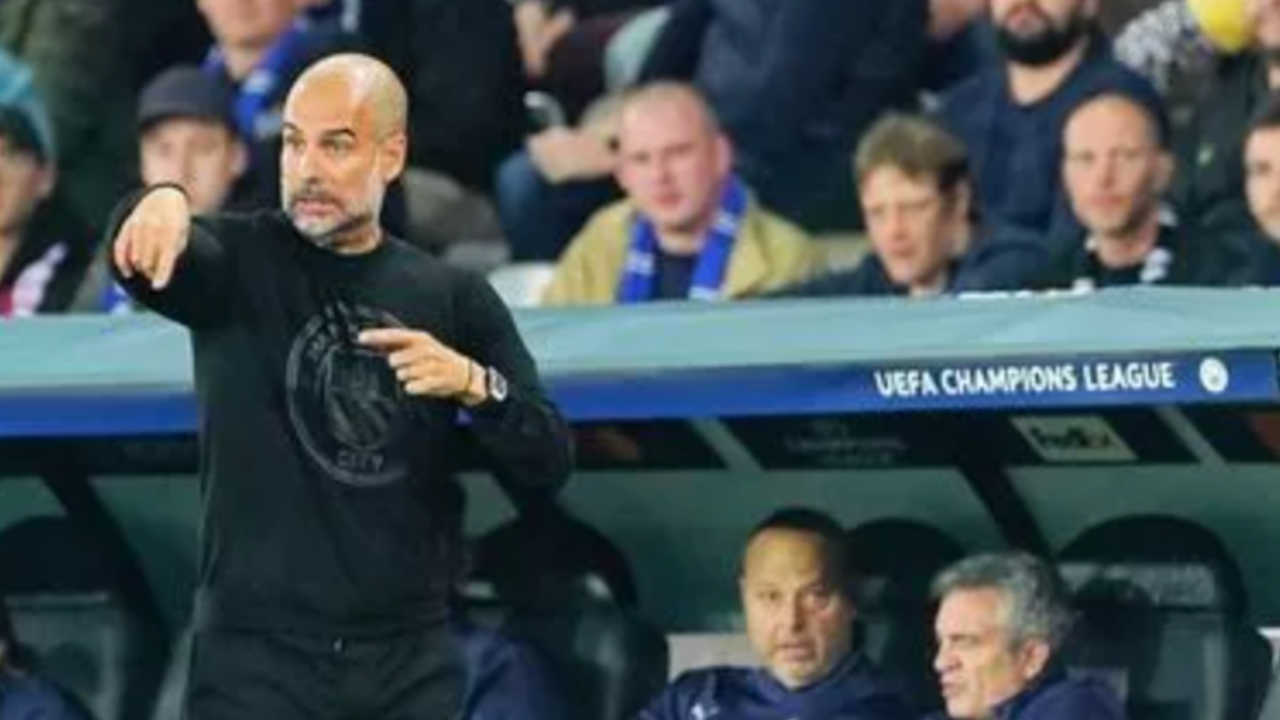Developing a playing style

Every successful football team these days possesses a distinct identity—a unique playing style that sets them apart. This identity doesn’t just happen; it’s crafted through meticulous planning, strategic vision, and an unwavering commitment to a game model. This can be difficult for some clubs, as these things take time and with the average tenure for a manager seemingly getting shorter and shorter, it can sometime be difficult to focus on the bigger picture and stick with the long term plan.
If you think of a Man City or Liverpool, you have in your mind what their playing style is. Yes, they will have variations and be able to adapt, but the overall style will usually remain the same. The best teams, have a style that they hone over time and build a squad the help facilitate. Certain players are brought in knowing that they can slide straight into the system.
In this post, I will speak a little about the intricate process of game model development and revealing the secrets behind creating a playing style for a football club. Here are a few things to consider:
Defining the philosophy
At the core of every game model lies a philosophy. Coaches must define the fundamental principles that govern their team's style of play. This could be possession-based football, high pressing, quick transitions, or a blend of various approaches. The philosophy becomes the soul of the team, guiding every training session, tactical decision, and player recruitment choice. Players are brought in with the goal of facilitating a playing style that gets the best from the team, but also the player.
Player roles & responsibilities
Every player on the team has a role, and within that role, there are specific responsibilities. Game model development involves defining these roles in detail. From the goalkeeper's distribution style to the striker's pressing intensity, each player's actions are intricately woven into the team's strategy. When executed correctly, these roles create a symphony of movement on the pitch. When you watch good teams, you will notice every player has a defined role that they stick to. When you watch unorganised teams you often see un-coordinated attempts to press, or inefficient attacking styles for example.
Training methodology
Training sessions are where the game model is refined and perfected. Coaches (sometimes with the help of analysts) design drills and exercises that reinforce the desired style of play. Whether it’s working on quick passing, defensive organisation, or attacking movements, every training session is an opportunity to instil the game model's principles into the players’ muscle memory and tactical understanding.
Creating a game model or philosophy isn't an overnight job. It takes time which is probably why we see recruitment teams and scouts outlive managers. A team may get rid of a manager, but they can replace them with the plan in mind.
Be adaptable
While having a defined game model is crucial, successful teams also possess adaptability. Coaches and analysts must be prepared to make minor adjustments based on the opponent, match circumstances, or player availability. These tweaks ensure that the game model remains effective against diverse challenges, allowing the team to maintain their identity while accommodating strategic variations.
So much analysis is done on opponents that you can't just be totally predictable when playing games. If you opponent nullifies you one way, you should have a plan to counter that and hurt them in another way, whilst still playing to your core strengths.
Build team chemistry
A cohesive team is more than the sum of its parts. Game model development extends beyond tactics; it encompasses team chemistry, trust, and a shared understanding among players. Coaches foster this camaraderie through team-building exercises, shared experiences, and cultivating a positive team culture. When players trust each other and understand their roles implicitly, the game model comes to life on the pitch.
One person who has great experience in being part of building playing styles and recruiting for them (players and coaches) is Lucy Rushton.
Lucy spent several years as an analyst and then ended up as General Manager over in the MLS with Wayne Rooney as Head Coach! In the video below, she shares some really interesting insights into recruiting with using data to stick to the project that the club is trying to build. Check it out...
So, game model development is a meticulous process that requires time and patience. It can be difficult for football clubs to stay patient and stick with a long term plan when they have pressures from fans for short term success. It is no surprise that the best teams, have a clear model that is developed over years, and can be played out with different personnel too.
Think Liverpool and Klopp, what an incredible job he has done and it will be interesting to see what happens after he leaves.
Thanks for reading, and have a great day!
📧 If you enjoyed this post, why not consider subscribing to my free weekly newsletter where I share more tips and industry insights direct to your inbox. Just enter your email address in the field below.
📺 I also have a load of useful videos over on my YouTube channel including a podcast where I interview industry professionals to share more behind the scenes knowledge, advice and ideas.
📝 If you are wanting to improve your CV for a job in sport, you can grab my free template HERE.
💻 If you are a coach or analyst on the look-out for video analysis software (that is actually affordable!) then I got you… check THIS out.
Thank you for subscribing!
Have a great day!